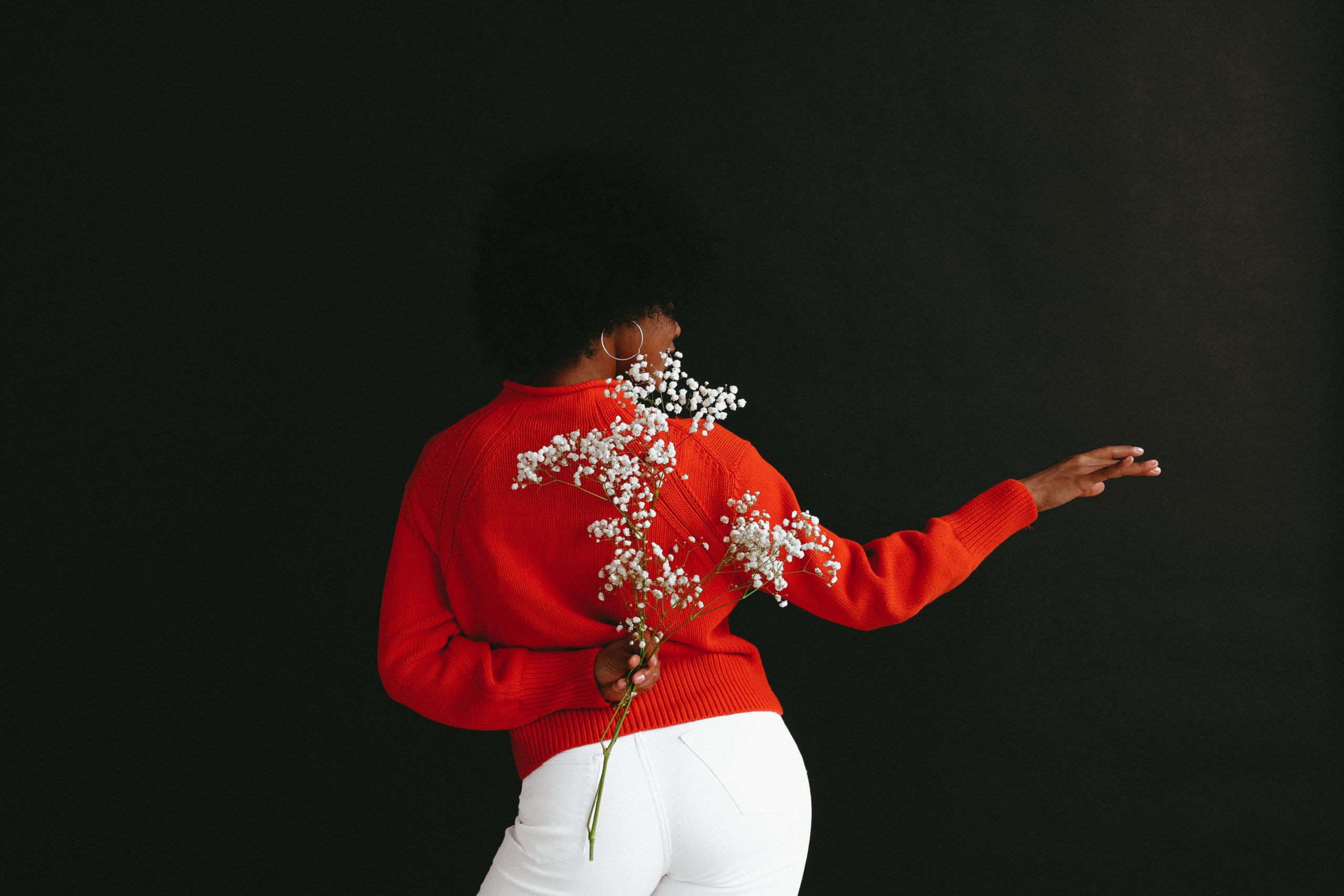For Quincie-Alysha Taylor, a Toronto-based dancer and choreographer, Women’s Day is important for celebrating excellence in dance. “For me, Women’s Day means the celebration of how far we as women have come in the dance industry.”
“It’s about celebrating our success as a whole, showcasing how strong we are, how beautiful we are, and how much we can achieve in an industry that has a lot of male dominance,” Taylor adds.
For others, including Serena Ali — ballet educator, mentor, and registered teacher with the Royal Academy of Dance — Women’s Day means celebrating those in meaningful leadership roles. “It’s to celebrate all the female artistic directors and managing directors of most of the studios, schools, and companies.”
With all the beauty and precision that surrounds dance, it is important to notice its holes. A large one being poor support for dancers, especially within the BIPOC population. “Support is not readily available and people really need to dig deep and research to find out what channels to go through and who to contact,” mentions Ali.
Alana Simon, an arts educator and a Royal Academy of Dance registered teacher, believes the support is lacking in earlier stages of dance education. “It’s not just about the support as an emerging artist, it’s more about the initial opportunity to become and learn as a BIPOC student.”
“The chance to have the opportunity to learn and experience and grow as an artist of any kind is very limited. This is where we need to look,” adds Simon.
As an arts educator, Simon has experience with dance curricula in schools and notices a disconnect with learning criteria and how this can have an impact on BIPOC students. “There is still only a Western lens for what is the ideal dancer — and in particular, body type on a professional level, which sets the tone for the program’s overall structure.”
“We are still only viewing dance through the Western forms of ballet and contemporary and not giving other cultural forms of dance the attention they deserve,” says Simon, who holds her BA and MA degrees from York.
In her own experience as a BIPOC dancer in the industry, Taylor notes that representation looks different based on genre. “I’ve noticed the lack of diversity that the classical side of the dance industry has; not as much representation in ballet companies.”
“Ballet still has a long way to go,” states Ali, who holds her BFA in Dance from York as well. “Things are definitely better in terms of seeing BIPOC dancers on television, within companies, and on stage at competitions in neighbourhood dance schools” Ali adds.
But there is still more work to be done.
Even though dance may be viewed as a female dominated industry, women still struggle to make it into leadership roles.
“I think the leadership roles in dance such as administrative, managing directors, executives, financial and business directors, and choreographers, especially of professional companies, are male dominated,” indicates Ali.
“I would hope to see that more BIPOC women are being heard and aren’t being silenced,” mentions Taylor. “Having more BIPOC women in higher roles means more women are calling the shots and running the show, while also getting the recognition that they deserve for all the hard work that they have put in.”


